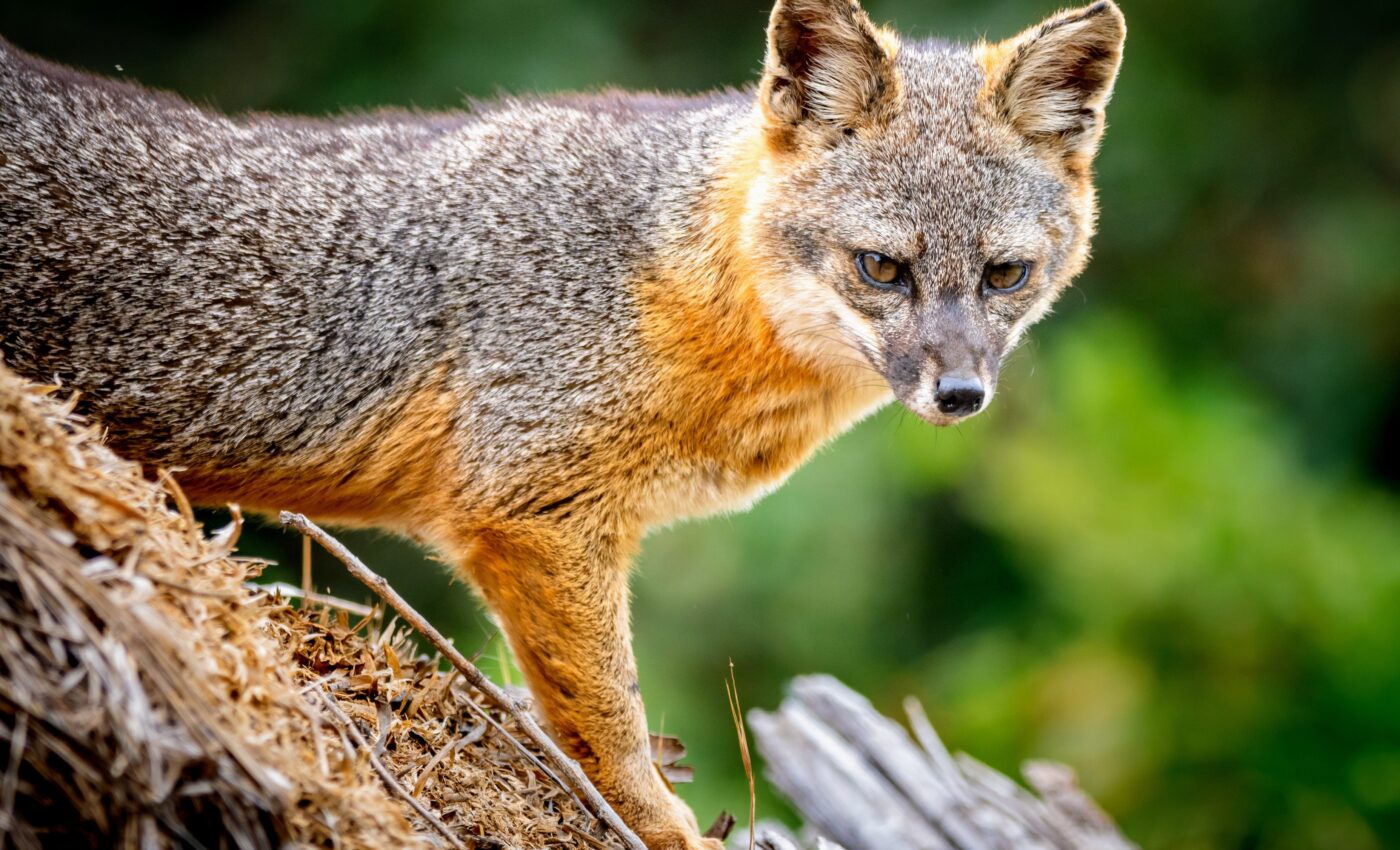
Channel Island foxes threatened by low genetic diversity
Once threatened by disease and predators and experiencing massive population declines in the 1990s, the tiny channel island foxes off the coast of Southern California (Urocyon littoralis) were saved from extinction in 2016 by the Endangered Species Act.
Unfortunately, a team of scientists led by the University of Southern California (USC) has now found that this species is now facing another threat which could possibly jeopardize their survival and the biodiversity of their habitats: a marked decrease in their genetic diversity.
“The findings of this study highlight the alarming fact that the foxes currently inhabiting six of the Channel Islands possess extremely low genetic diversity, rendering them potentially more susceptible to dangers such as disease outbreaks and climate-induced environmental shifts,” said senior author Suzanne Edmands, a professor of Biological Sciences at USC.
Significance of studying the channel island foxes
As the largest native land animals on the Channel Islands, these bushy-tailed, big-eared foxes play a critical role in regulating plant and animal populations, by feeding upon a variety of food sources, such as fruit, insects, snails, lizards, birds, and rodents. In fact, many plant species heavily rely on channel island foxes to distribute their seeds through their scat.
“The importance of these animals to the overall biodiversity of the island can’t be over-emphasized. Without them, we could lose other species as well,” Edmands said.
What the researchers learned
By comparing historic museum specimens and modern blood samples, the experts discovered that the foxes exhibited an extremely low genetic variation even before their population declines. This variation has further dropped since their population numbers fell, particularly on the islands of San Miguel and Santa Rosa. Other islands, such as Santa Cruz and Santa Catalina, where populations fell moderately, displayed mixed changes in genetic diversity metrics.
Although placing the channel island foxes on the endangered species list from 2004 to 2016 played a major role in their population recovery – with increase from 100 specimens to over 2,000 on Santa Catalina, and from 15 to 1,200 on Santa Rosa – their low genetic diversity continues to hinder their ability to adapt to future challenges, such as climate change and introduced diseases.
However, the researchers also discovered a reasonably good diversity within the foxes’ gut microbiome, which helps boosting immunity and well-being. “This discovery suggests that the foxes may have developed an alternative mechanism to cope with changing environmental conditions,” Edmands explained.
What is the best conservation strategy?
The analysis also revealed an increased divergence between the six islands over time, a feature complicating the possible conservation strategy of moving channel island foxes between islands to increase genetic variation. Such a method could inadvertently disrupt local adaptation by producing offspring that are less fit and adapted to their specific environments.
Due to their limited capacity to respond to new challenges, long-term monitoring of their populations is crucial, including non-invasive monitoring by sequencing bacterial communities in their scat.
“The recovery of the channel island foxes population numbers is an incredible conservation success, but their fragile genetic condition means that continued vigilance is critical to ensure their survival,” Edmands concluded.
The study is published in the journal Molecular Ecology.
—
By Andrei Ionescu, Earth.com Staff Writer
Check us out on EarthSnap, a free app brought to you by Eric Ralls and Earth.com.













